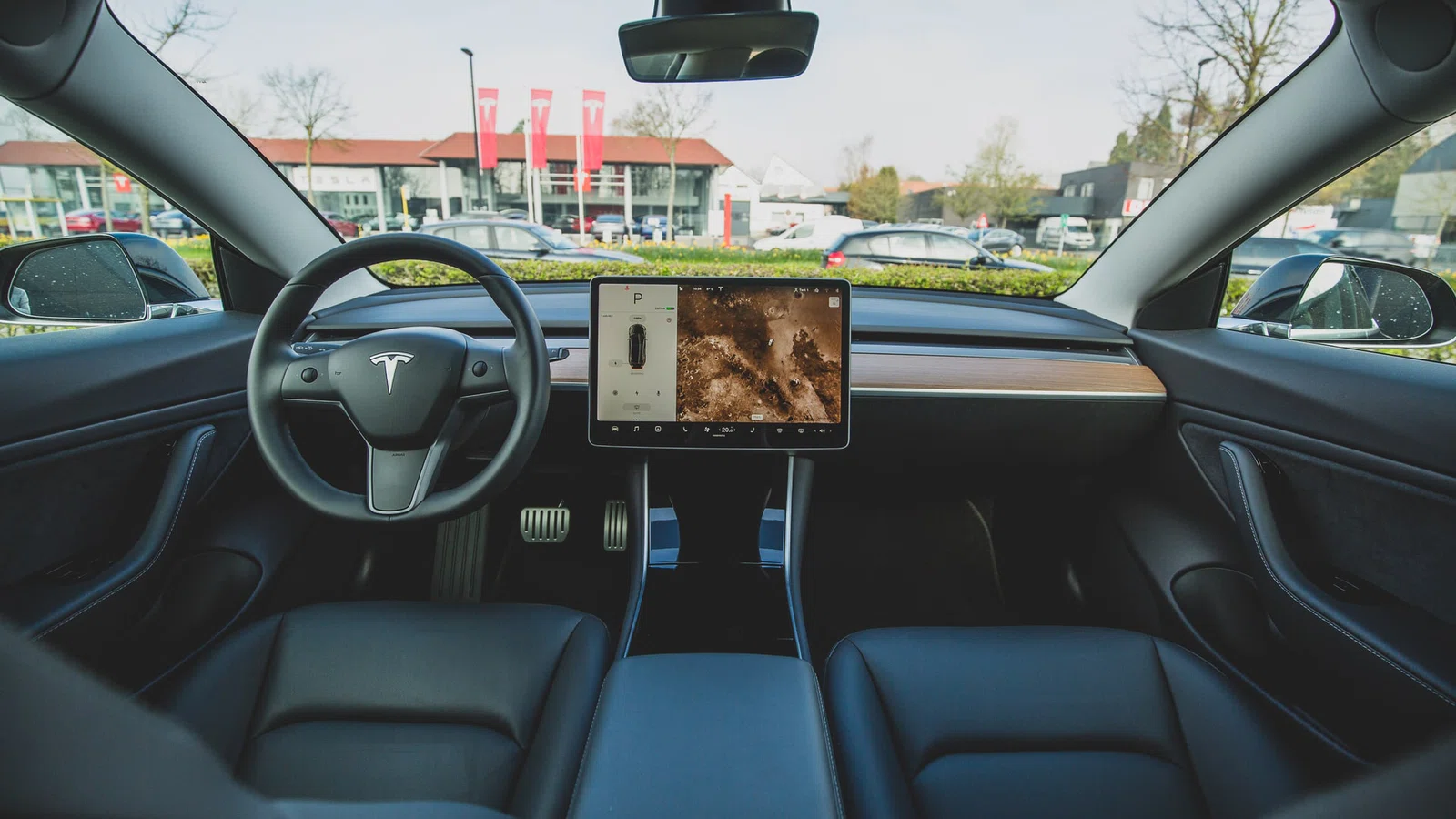London, 15 December, 2020 – At the beginning of the year, insurance organisations were not only anticipating the FCA’s final report into general insurance practices, they were also preparing to spend more on digital transformation projects to meet consumer needs. In fact, Deloitte revealed that 95% of insurers expected an increase in the use of advanced analytics over the next three years.
Fast forward 12 months and plans have had to change drastically in the light of the coronavirus pandemic. Covid-19 imposed restrictions have forced a different approach – one that puts safety first. A rarity for an industry historically lagging in agility, Covid-19 has accelerated flexible and remote working. Ultimately, it’s changed the way we work as an industry, and the way we work with customers, meeting their needs that require a personalised, convenient, quick and informed approach.
According to Manan Sagar, CTO, Insurance for Fujitsu UK and Ireland:
“Covid-19 has had the biggest impact on the insurance industry to date. It has shown us just how resilient the sector can be when technology is used to its full potential. If anything, it has confirmed to long-standing organisations that technology isn’t to be feared. Instead it can enable them to catch-up, adapt and innovate in a world that is increasingly becoming digital.
Overnight, staff, including underwriters, brokers, claim specialists, and customer service teams were unable to go into their place of work. Organisations had to rethink how technology could ease the strain on customer service, as well as allowing a seamless collaboration amongst employees. The insurance sector found itself in new scenarios but adjusted quickly and efficiently with help of cloud platforms, AI, data & analytics and other sophisticated technologies.
“Ultimately, if a customer is happy to continue operating through virtual channels, there’s no need to return to the office. Businesses will likely be removing unnecessary operating costs and will see a renewed focus, ensuring that the insurance sector no longer lags behind in tech adoption. The coronavirus pandemic has finally given the perspective and clarity to see that technology is fundamental for long-term success.”
In the face of drastic, widespread digital transformation, Manan Sagar has outlined the top four changes he predicts for insurance in the coming year.
- Covid-19 has helped the insurance sector catch-up on digitalisation
For years, traditional insurers have watched digital entrants in financial services succeed in digital advancements but insurers historically never embraced such technologies. Often, this was met with inaction because existing practices were still sufficient. However, Covid-19 has forced them to adopt technology to ensure customers receive the service that they require.
The coronavirus pandemic has given digital activity the push it’ needed. Recently, Lloyds of London, one of the largest and oldest insurance organisations, has given a big push towards digital transformation in its digital ‘Blueprint One and Two’ as it looks to integrate data and technology into its services. Before Covid-19, some insurance placements were still on paper. But the fresh focus on digitalisation, underpinned by the evidence that technology can transform the way we work, placing risks, dealing with claims, attracting new customers and developing new products, will help insurers set themselves up for long term success.
- Predict and prevent models powered by data
Whilst technology will continue to be the general enabler, it has opened the mind-set of insurers to adopt a data-led approach. Data is the key ingredients towards successful transformation and a shift from protection to prevention. With an explosion of digital technology, real-time data has become increasingly available, whether it’s to analyse water pressure, personal fitness, how we drive, the status of machine components and much more.
Often insurers sell a policy and a customer commits with the hope that it will never be used – using it means there has been an accident or loss. When the insurance model is traditional i.e. when it is a “repair and replace” model, premiums are based on historical data. However, now that customers ask far more questions related to a policy, with the majority related to Covid-19, there’s a higher expectation for insurers to provide a satisfactory solution. A common example has been eligibility for money back on car insurance. This trend was confirmed when Admiral automatically gave customers a £25 car insurance refund during the first national lockdown.
Access to risk data is essential in allowing insurers to establish trust with their customers and help businesses themselves with long-term profitability. The aftermath of Covid-19 will be challenging; customers have been greeted with many innovative solutions driven by technology. Ultimately, it’ll boil down to insurers adopting predict and prevent models, powered by data to attract and retain customers.
- How we work has changed forever
Some industries were better equipped than others to deal with the overnight change in work culture, but the insurance industry was somewhat caught off guard. Working from home was not common for most brokers and insurers, large complex, commercial risks have traditionally been transacted in person. Lloyd’s of London has traditionally been the hub of face-to-face interaction, for example. Regardless, the industry soon adapted. Now, businesses have a better understanding of both the positives and negatives of remote working; productivity has risen, work-life balance has improved, travel has reduced environmental impacts and much more. This has helped the industry map out what the future could look like. Ultimately, it will be the businesses that succeed that will adapt best to the ‘new normal’. It’s widely anticipated that some form of flexible working will be commonplace even when offices are allowed to fully reopen, so most brokers and insurers will need to rise to the challenge and ensure their future plans cater to this inevitable work life shift.
- Tesla-driven change in the car insurance market
A sub-sector that will need to undergo a huge change, exacerbated by a renewed focus on technology and data models, will be car insurance. Autonomous and semi-autonomous vehicles are gaining momentum with self-driving cars potentially allowed on UK motorways by next year. The Highway Code is changing, and insurance must follow. For example, Tesla has already announced its own insurance arm which is 30% cheaper, as a result of its understanding of data.
To remain competitive, traditional insurers will need to be prepared to offer insurance for semi-autonomous cars – these need to be “smart” policies- one which is smart enough to know who caused the accident “the driver” or “the car manufacturer”. The way consumers are driving and using their cars has changed, whether its EVs, self-driving or just a reduction in time spent on the road. Insurers will have to get a hold of new driving methods and patterns by leveraging advanced data analytics to ensure safety, serviceability and affordability.











